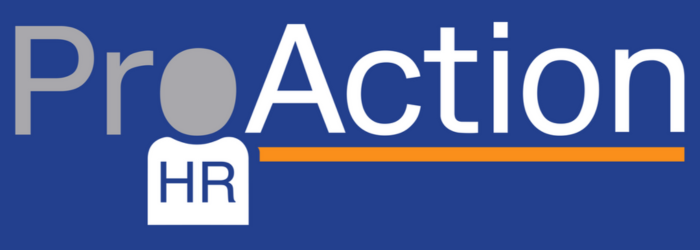HR trends for 2022 that business leaders should not ignore
Guest article by business blogger, Raya Jazz, exclusively for ProAction HR.
*******************************************************************
2021 was a confusing year for the employment landscape. Latest figures from the Office of National Statistics (ONS) show the highest ever number of UK job vacancies at over 1.2 million, highlighting the worsening skills shortage in many sectors.
As 2020 exposed key flaws in the developed world’s employment system, today’s workers are now demanding better treatment. Should companies want higher retention rates and a competitive edge in the hiring market, the HR focus needs to pay better attention to employee wants and needs that have arisen due to the global health crisis.
Here are some HR trends for 2022 that you really should not ignore to successfully retain and recruit in a very candidate-driven market.
1. Extend Mental Health Support
The pandemic placed the world in a collective state of trauma. The ONS informs us that 21% of adults in the UK in the early part of 2021 experienced some form of depression. Excessive exposure to sickness and death, lack of social interaction, increased family commitments whether for caregiving or homeschooling, among other factors, have heightened regular stressors for many. Such conditions have highlighted the importance of mental health in the workplace, an issue that has been heavily overlooked in recent years.
To ensure mental wellbeing for employees, the onus is on business leaders to review and implement better mental health benefits and protections. Mental health protection can involve providing employee health insurance plans that cover therapy and counselling. Businesses can start employee assistance programs to give workers in-person or remote access to mental health professionals. But an immediate and much more simple way to show support is by introducing a culture of understanding that it’s ok not to be ok.
2. Promote Inclusivity
Employees want to feel a sense of belonging. Reni Eddo-Lodge, a British journalist whose works primarily aim to expose structural racism in institutions such as the workplace, uses her book Why I’m No Longer Talking To White People About Race to discuss the challenges people of colour face when navigating the workplace. As listed on Scribd, the book talks about how people of colour have been historically underrepresented in management roles. As such, people in leadership positions tend to overlook or even oppose the needs of workers who exist in different circumstances. Such discrimination can create tensions in the workplace and push out valuable workers.
Much work has been done and this kind of publication further supports more positive change, however businesses need to improve the promotion of inclusivity. Steps to take can include eliminating discrimination in the hiring process by adopting a standardised interview process for all candidates. Outsource sensitivity training programs to make your workers and leaders aware of any pre-existing biases they may have. Even small things, such as recognising cultural holidays and removing gendered language from official documents, can do a lot to make all employees feel more included.
3. Offer Upskilling Opportunities
Given high turnover rates and skills shortages, businesses can promote employee retention by prioritising the development of their current employees. In his book, End of Average: How to Succeed in a World that Values Sameness, Mind, Brain, and Education director department Todd Rose points out that many businesses have seen increased success by treating their people well and nurturing their individual skills. Software company Zoho, for one, abandoned traditional performance reviews and instead has chosen to measure success on an individual basis. This allowed their employees to bloom according to their own skills and talents.
We are all individuals so it’s important to provide upskilling opportunities that accommodate a diverse range of learning styles. This way, you can build on existing talents to promote work outputs while also proving to each individual employee that they are valued by their employer.
4. Provide Flexibility in Both Time and Location
Microsoft’s 2021 Work Trend Index revealed that 70% of workers valued the continued availability of remote work options. Another 65%, however, craved the opportunity to work with teams in-person. Given that employees are split between different preferred working conditions, employers that want a competitive edge in the ongoing war for talent should be able to provide flexibility of choice.
However, location isn’t the only factor employers need to be flexible with. It would also help to allow employees to work at their time of choice. Each individual has a different window at which they are most productive. By allowing them to work when they are at their best, employers can improve work outputs. Such freedom can also help to attract talent in the current candidate-driven market.
The pandemic has created many difficulties for employers and employees alike. To survive its ongoing presence, business leaders need to give more importance to the rising demand for mental health support, inclusivity, upskilling, flexible work, and other benefits.
************************************************************************************
Embracing these HR trends is going to be the difference between attracting and retaining talent, maintaining a high level of productivity, and customer satisfaction with the harsh alternative. That alternative is a constantly repeating circle of high staff attrition rates and a continuous need to recruit.


